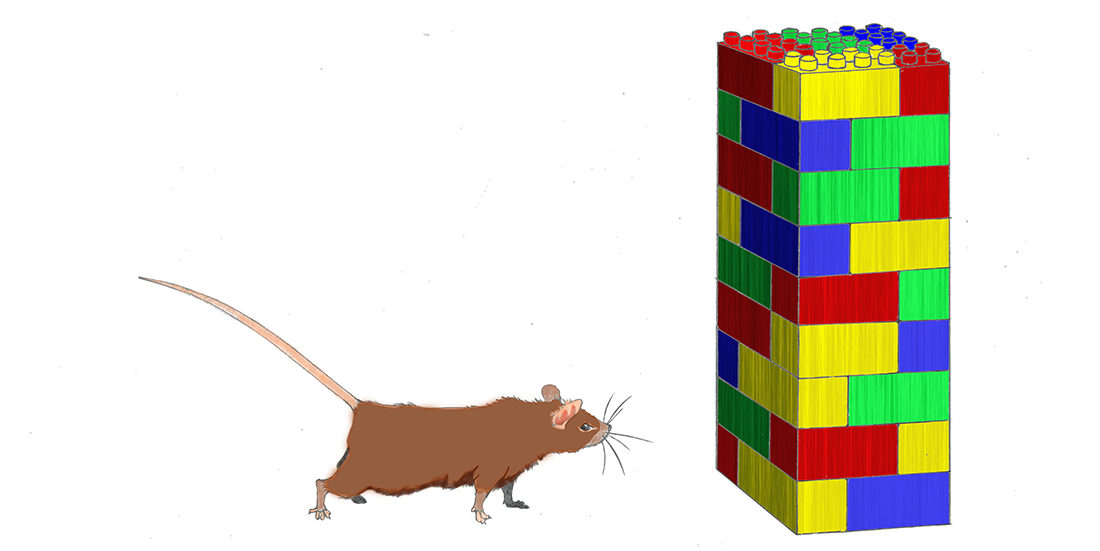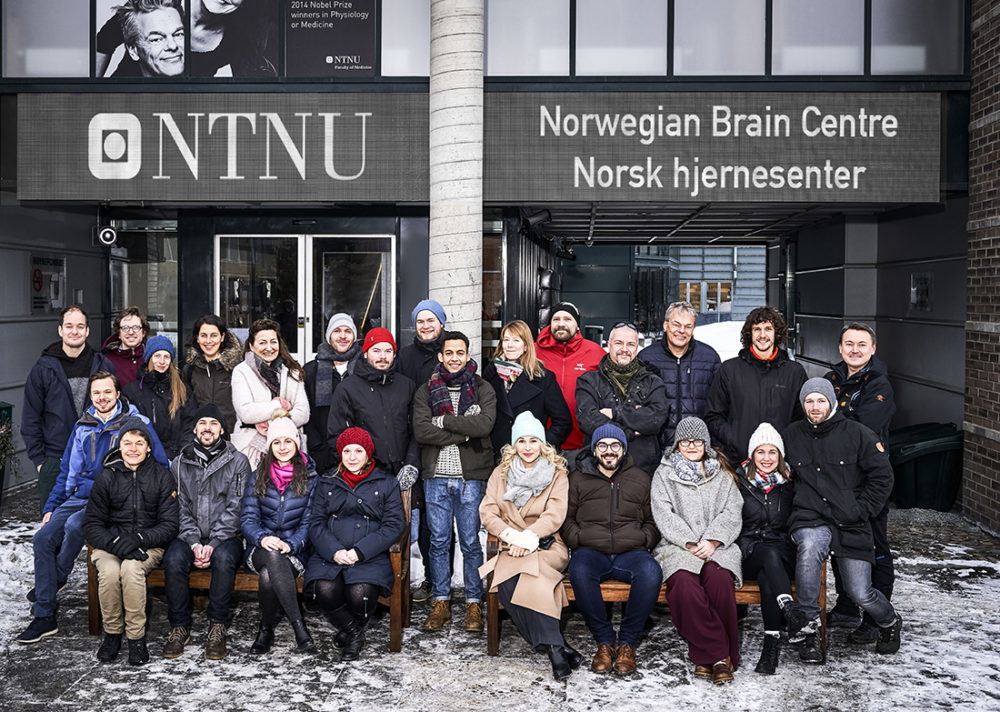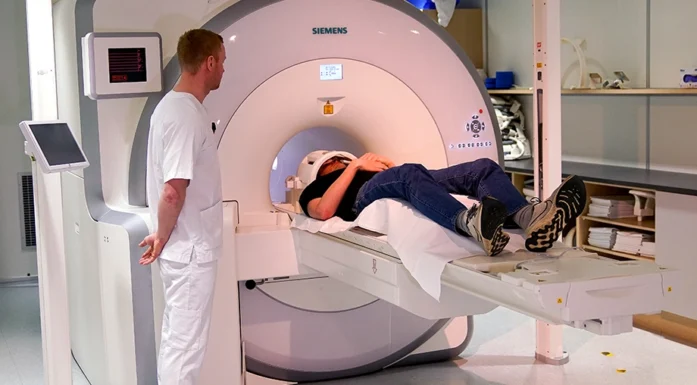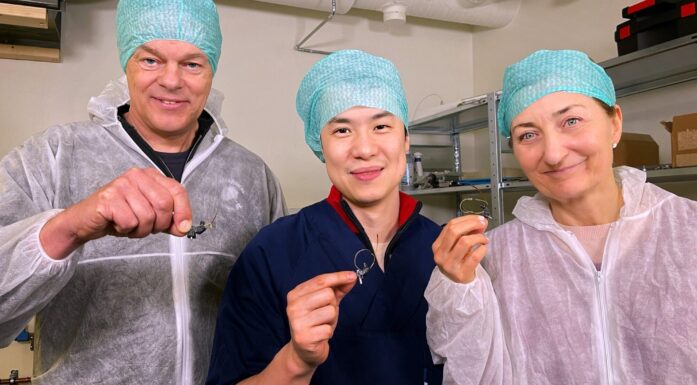Kavli Institute researchers discover new type of brain cell
Researchers at NTNU’s Kavli Institute for Systems Neuroscience have found specialized brain cells that help us navigate in space.
How do we move around without bumping into things? It turns out that the brain has specialized cells for this exact task.
The cells measure the distance and direction to all the objects around us.
“This is a huge finding! The new discovery is of the same magnitude as our discovery of grid cells, so this is huge,” NTNU Professor and Nobel Laureate May-Britt Moser told NRK, the national broadcasting service.
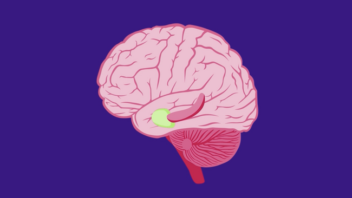
The new cells are found in the enthorinal cortex where the sense of place and the sense of time lie (marked green). Illustration: Rita Elmkvist-Nilsen, Albuerom, Helmet / Kavli Institute for Systems Neuroscience
May-Britt and Edvard Moser were awarded the Nobel Prize in 2014 for their discovery of grid cells in the brain. The new cells are called object-vector cells, and the discovery of them has been published in Nature. The two cell types interact with each other, and form an important part of our sense of place.
Object-vector cells
“Much of what helps us make sense of the space around us are the objects in that space”, Øyvind Arne Høydal, a PhD candidate at the Kavli Institute for Neuroscience told forskning.no.
Object-vector cells help us relate to all these objects.
Høydal is the first author of the article.
“In almost all cases, no matter what we do, we have to pay attention to our surroundings. You have to have an understanding of where you are in relation to the objects around you to be able to run in the woods, walk on the street or move in a room,” says Høydal to NRK.
Lego and Duplo
As the grid cells, the object vector cells are also found in the part of the brain called enthorinal cortex.
The findings were made by studying mice that moved around in a box. The researchers put Lego men and Duplo figures in the box to create obstacles. In addition, they hung objects up in the air over the mice, but these objects were not a hindrance to the mice. The researchers then measured the brain activity of the mice in this environment.
The newly discovered cells do not sort the various objects by importance, but help us navigate around them.
Source: Object-vector coding in the medial entorhinal cortex. Øyvind Arne Høydal, Emilie Ranheim Skytøen, Sebastian Ola Andersson, May-Britt Moser & Edvard I. Moser.
